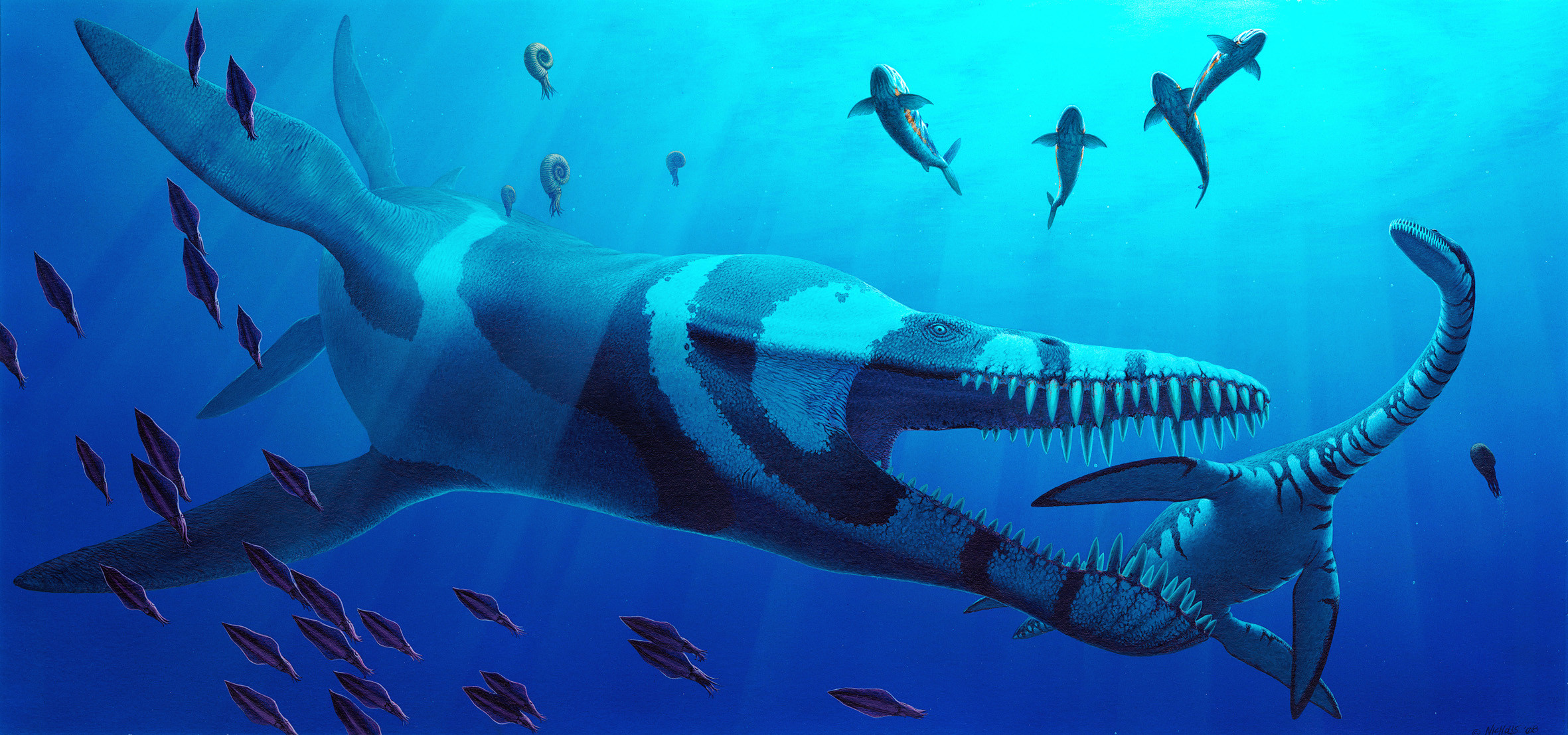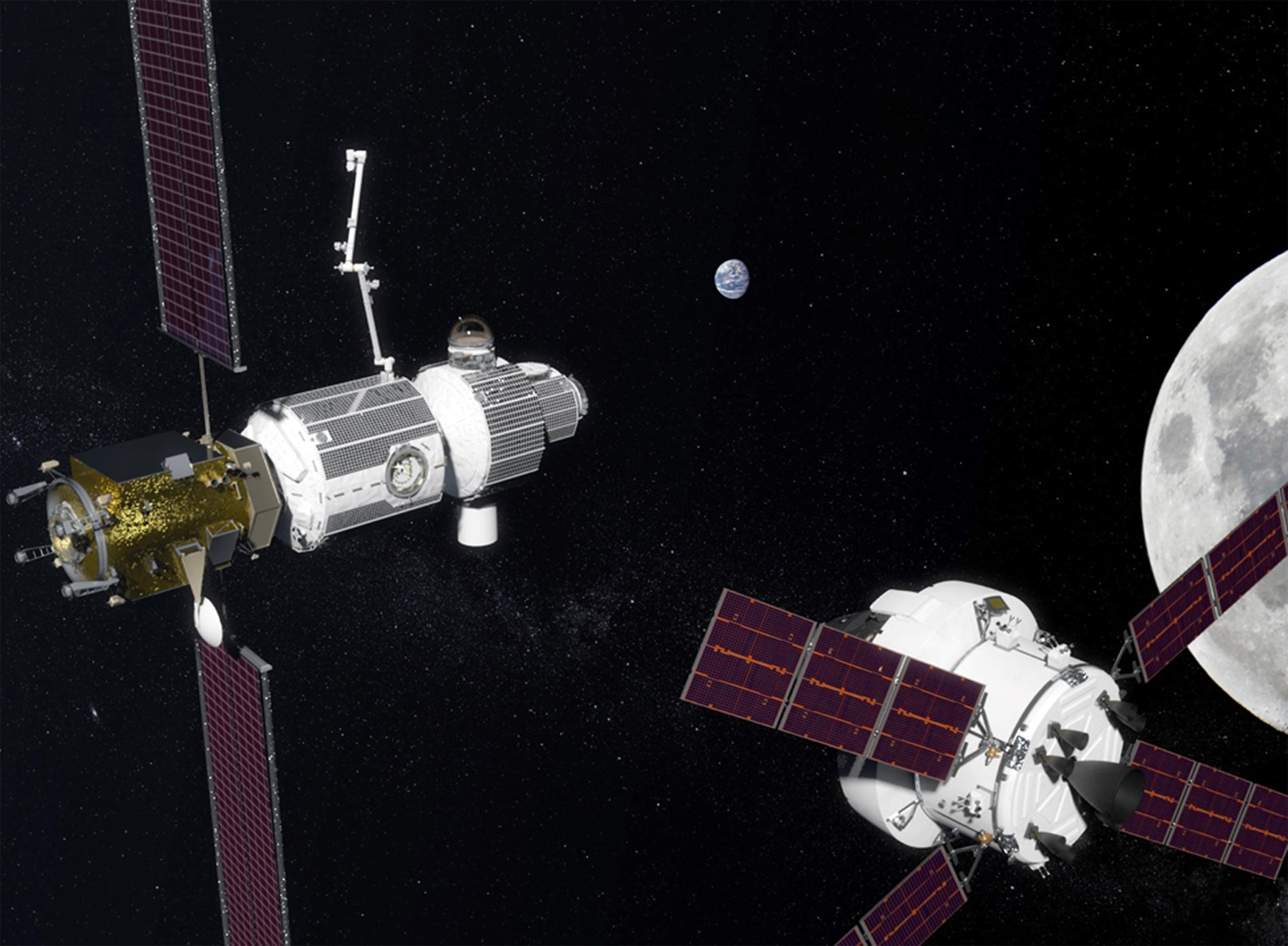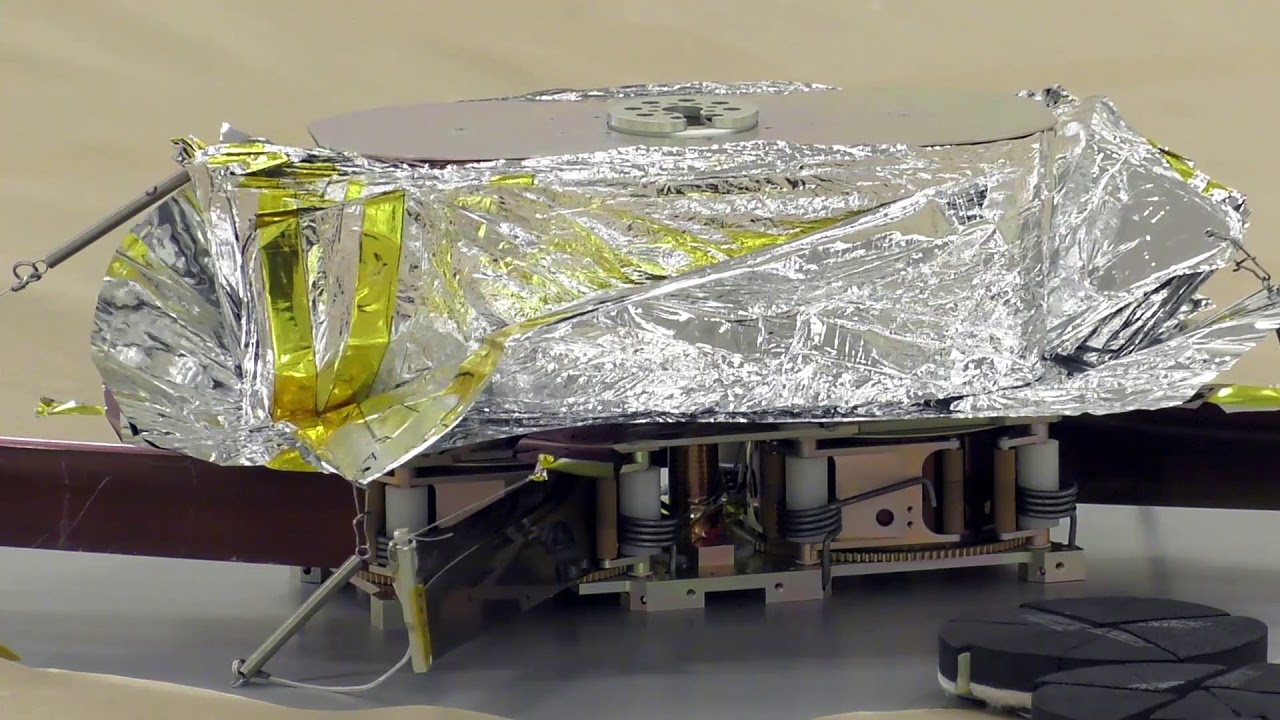On Mars No one knows what’s making Oxygen
NASA's Curiosity meanderer restored some truly astonishing information to Earth prior this year, with readings of raised methane levels that were difficult to clarify. Resulting tests endeavored to bind the reason for the higher-than-anticipated readings however researchers still can't seem to think of an authoritative answer.
Presently, as inquiries regarding methane keep on twirling, researchers concentrating the conduct of gasses on Mars have seen that oxygen on the Red Planet likewise acts much uniquely in contrast to it does on Earth. The perceptions were made in the Gale Crater, which the wanderer has called home since it arrived there in 2012.
Interest "breathes" the air on Mars and investigates it to decide the degrees of different sorts of gasses that are available. On Ea...




